Today Georgiy Gorgiladze, a member of the Russian Yoga Federation and Yoga Alliance International, a record holder of Guinness World Records and a participant of the International Festival of Healthy Lifestyle and Sports SN PRO EXPO FORUM, will shatter myths.
At the end of the XIX century, practically few people knew about yoga, and explorers and travelers, returning from India to their homeland, created myths and legends about the miracles they saw there. 150 years have passed, it’s the XXI century, and around 300 million people are practicing yoga all over the world. The whole Internet and social networks are full of photos of “yogis” meditating or performing bizarre poses. Yes, there are many practitioners and followers of yoga, but the myths about yoga have not disappeared.
I suggest you to buckle up, sit down or lie down immediately, I assure you, after reading this you will definitely get dizzy. Are you ready? Then let’s go!
Myth 1: Yoga is complicated asanas.
You have probably often seen advertisements of various yoga studios or online yoga courses with the image of a man or a woman in an incredibly twisted pose. The main purpose of such advertisements is to grab your attention.
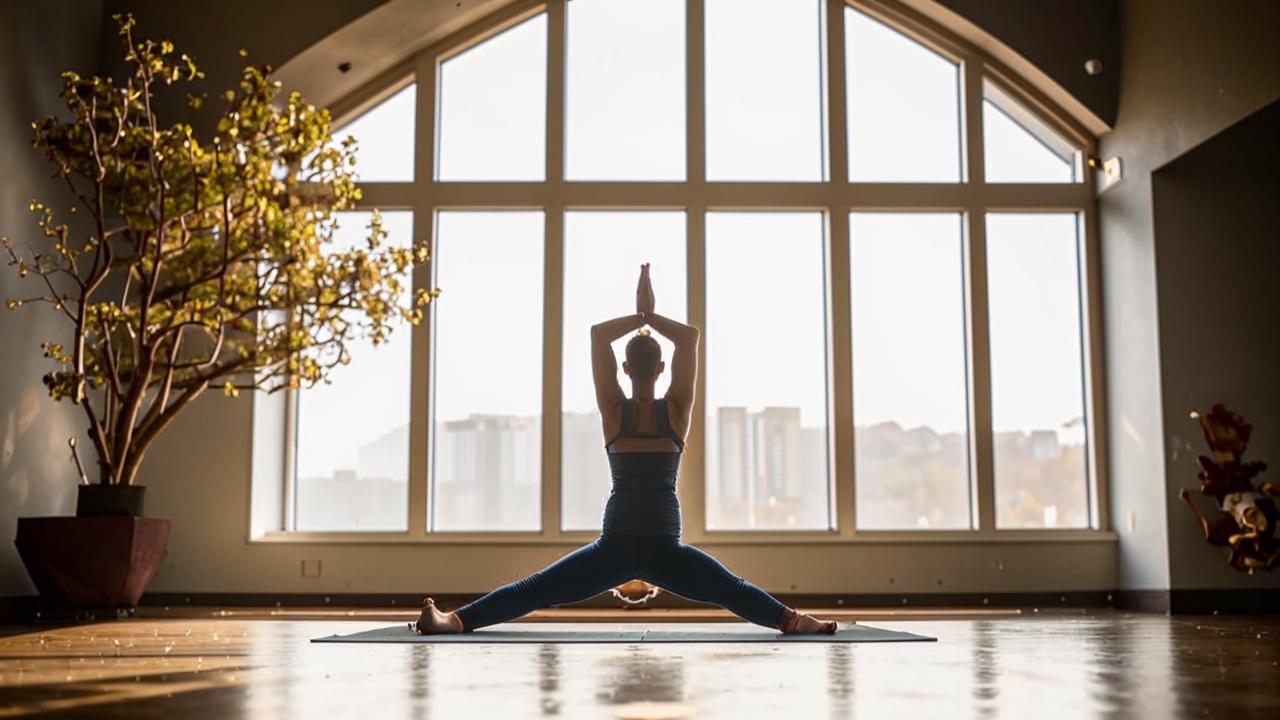
Yes, when learning and practicing yoga, you may find yourself doing poses or exercises that you don’t have the stretch, strength, or balance for, but that doesn’t mean you can’t do yoga. One of the main principles of yoga “ahimsa” – non-violence, non-harming yourself or others, means that you can do those exercises and asanas that your body and mind allows you to do, gradually progressing to more complex levels. The main thing in yoga is not the ability to perform the most complicated poses or exercises, gymnasts, acrobats, and track and field athletes can do it. More important is the desire to study yourself, to learn to concentrate on your actions, to free your mind from unnecessary thoughts and emotions, to control your breathing, to relax, to listen to yourself and be in harmony with yourself and the world around you.
The physical component in yoga is not the whole of yoga. “Yogas citta vritti nirodhah” (“yoga is chitta vritti nirodha”) is one of the earliest definitions of “yoga” as stated in the ancient Sanskrit manuscripts of the “Yoga Sutras” (between the 4th century BCE and the 4th century CE), literally meaning “yoga is the absence of fluctuation of the mind,” i.e., curbing one’s thoughts and emotions, harmony, tranquility.
Myth 2: Yoga is safe
Well, let’s move from the history of yoga to the actual practice itself. And the myth that yoga is safe is a very funny myth.
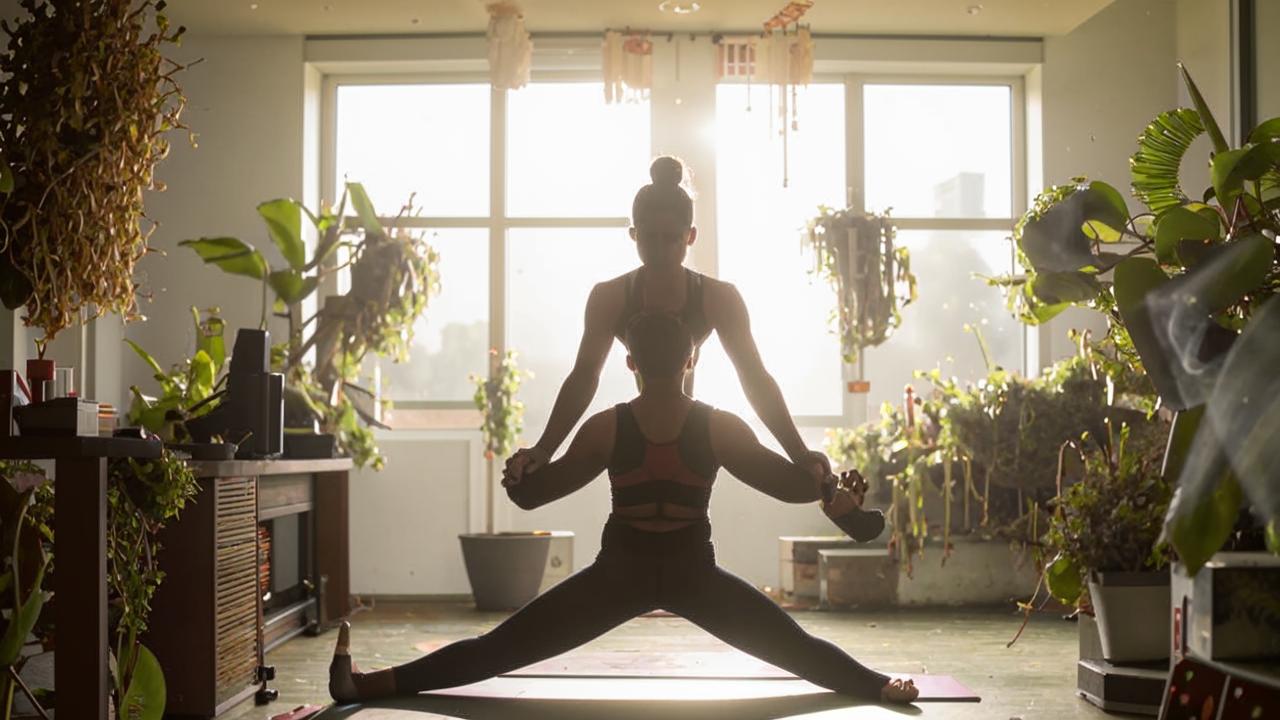
According to one study conducted by the International Association of Yoga Therapists (IAYT) – every year thousands of yoga practitioners, including yoga teachers and instructors themselves, suffer injuries to their lower back, neck, knees, and wrists while practicing yoga. And there is nothing surprising here, just one headstand Shirshasana is worth it, or the plow pose Halasana, or various falls while performing balance asanas.
But despite all this, in general, yoga is less traumatic than any sport. Unlike sports, yoga classes are aimed at accumulating and preserving vital energy, restoring health, strengthening immunity, improving well-being, releasing negative emotions, etc. The main thing at the training is not to hurry, to warm up, to observe safety techniques when performing exercises, to concentrate on your actions, on the work of muscles and on breathing. If there are any health restrictions, you should first study your sores and be doubly attentive to your practice.
Myth 3: Only vegetarians practice yoga
This is probably the most common myth. But in fact, practicing yoga, each person decides for himself how to eat. No one forces anyone. Of course, in general, among yoga practitioners most of them are vegetarians or close to vegetarianism, but there are also those who continue to eat food of animal origin, perhaps not as often as before, but they continue, it is a person’s choice and it is the need of his body.
Over time, each practitioner of yoga comes to the conclusion that progression to a higher level of mastery of their body, thoughts and emotions depends on nutrition.

Myth 4: Yoga is a religion
Another one of the most common myths. After studying the history of yoga and its philosophy, you can clearly answer that yoga is not a religion. In its essence, yoga is a system of knowledge about man and his relationship with the world around him. Yoga is practiced both by people of all religions and atheists. Yoga is both work on yourself and self-study, and it does not prevent you from believing in anything.
Myth 5: Yoga should be practiced from childhood to get results.
Yoga can be practiced at any conscious age. What do you mean by result? It will not happen if you want to get it quickly. Yoga practice implies unhurried work with your body, breath, thoughts and emotions. The result in yoga, as in life, largely depends on the degree of concentration when performing actions, and on the ability to relax at the right moment. Whatever result you set, whether it is to lose weight, tighten your figure, improve stretching, relieve stress and tension, strengthen your immunity and health – you can achieve this by practicing yoga, if you gradually move forward, getting satisfaction from the process, then there will be a result, no matter at what age you are. There are examples when people start practicing yoga at the age of 60 and 70.

Myth 6: Yoga is not for men, or it is not a man’s business.
When attending yoga classes, you’ve probably noticed that almost all of the participants are women. This has been the trend all over the world for the last 50 years – the number of women practicing yoga is increasing exponentially every year, which is not the case for men. However, originally, for hundreds of years, it was men who practiced yoga.
Changes began to occur in the early 20th century, when in 1936 one of the most famous yoga masters Iyengar (a disciple of yoga guru Krishnamacharya) began teaching in the first women’s group for female students at Mysore College in India, and a little later Iyengar’s wife, Ramamani, also began teaching yoga for women. In 1937, Eugenia Peterson-Labunskaya, who would later become the most famous yogini with the name Indra Devi, came from Russia to India to study with Sri Krishnamacharya. It is noteworthy that at first Krishnamacharya flatly refused to teach her, saying: “yoga is only for men and only for Hindus, I will not take a woman, especially a foreigner, it is impossible”. But thanks to her persistence, writing down the guru’s every word and practicing yoga no matter what, Indra Devi eventually became the first foreign woman to be initiated into yoga. And after years of teaching, she moved to the United States and opened her own yoga studio in Hollywood.
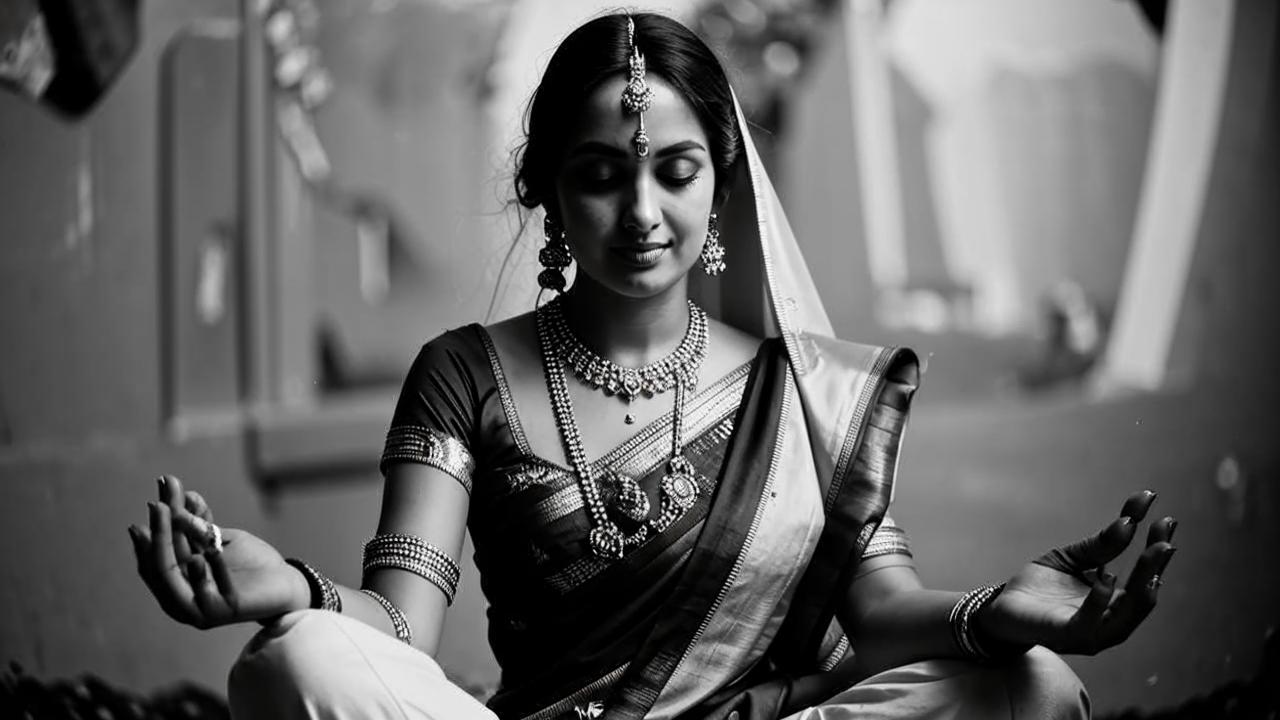
Marilyn Monroe, Greta Garbo, Gloria Swenson and a host of celebrities were Indra Devi’s students, but in addition she also taught workshops for anyone interested. In 1960 she visited the USSR and introduced yoga to the leadership of the country, first deputy chairmen of the USSR Council of Ministers Alexei Kosygin and Anastas Mikoyan, Foreign Minister Andrei Gromyko and others. And 30 years later, in 1990, at the age of 91, Indra Devi would again visit the USSR, influencing the legalization and spread of yoga in both the USSR and Russia.
However, despite the spread of yoga around the world, thanks to the disciples of Sri Krishnamacharya, the yoga masters Iyengar, Indra Devi, Patabhi Jois, Desikachar, the greatest peak in the spread of yoga was not so much in the 20th century, but in the 21st century.
I remember how in 1999, when I was just starting to study yoga, I had to literally get any information about yoga, buy books in markets, search in libraries. And now, in the XXI century, thanks to the development of information technology and the Internet, information about yoga is very easy to find. Advertisements, articles, posts in social networks, training videos, schools, studios, fitness clubs, healthy lifestyle – the word “yoga” and the practice of yoga tightly entered the life of modern man, now not only men, but also women.
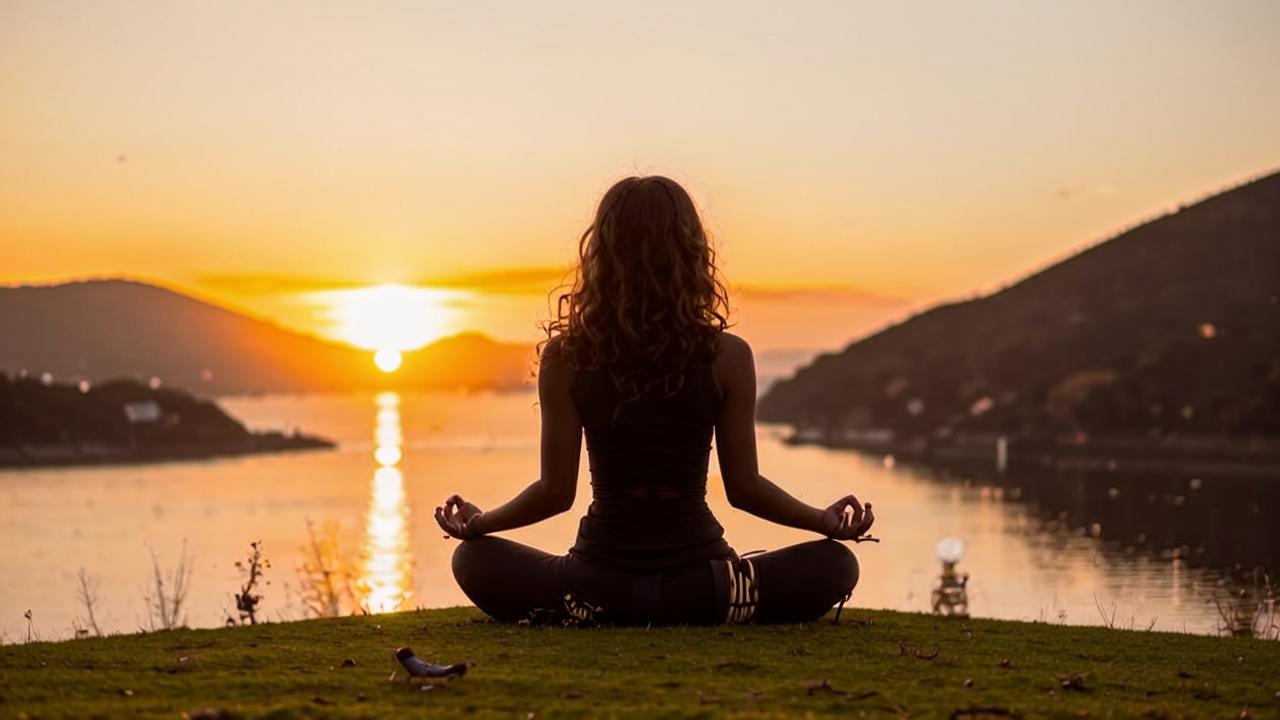
Myth 7: Yoga asanas are more than 5 thousand years old.
A very interesting myth. Millions of people around the world, practicing yoga in the XXI century, are used to believe that asanas (poses, body positions) were invented thousands of years ago, and by performing them, it is as if we are participating in the maintenance of some ancient tradition. However, this is not true. 99% of asanas that are practiced in the 21st century were created between the 15th and 20th centuries. Let’s briefly run through the history.
ThePashupati seal (circa 2350-2000 BC), found at Mohenjo-Daro during archaeological excavations of the Indus Valley Civilization. The seal depicts an “animal king” character in a seated position resembling a yogic pose. Often this very find is cited as evidence that asanas and yoga itself are more than 5 thousand years old. But in fact, scientists and Indologists still can not confidently say that this finding is related to yoga, because the sitting position with crossed legs can mean ordinary rest, and the habit of sitting in this position was not only common in India, and not necessarily related to the practice of yoga.
Vedas (16th – 5th centuries BC) – in this most ancient set of sacred tests found in India, absolutely nothing is said about asanas. Even the word “yoga” (translated from Sanskrit as “connection”, “bonding”) is used only once as a description of a horse harness.
In the 4th century B.C., while on a campaign to India, Alexander the Great encounters a group of men sitting motionless with their legs crossed in the blazing sun, some standing with their arms up, others simply standing on one leg, some on their hands and some on their heads. According to the descriptions, the Greeks encountered a group of Indian ascetics. They believed that being motionless for long periods of time helped to free oneself from earthly suffering and karmic consequences. And most likely King Bhagiratha, according to one of the legends described in the ancient epic “Ramayana”, practiced prolonged standing on one leg as a kind of asceticism, rather than as an exercise to improve balance and strengthen leg muscles. And most likely Buddha Siddhartha Gautama practiced meditation in lotus posture not to improve flexibility of legs or mobility of joints, but again as a kind of asceticism. It was asceticism and physical immobility, subjecting his body and mind to various tests, hermitage from worldly vanity helped to direct his gaze inside himself, to find peace and mental balance.
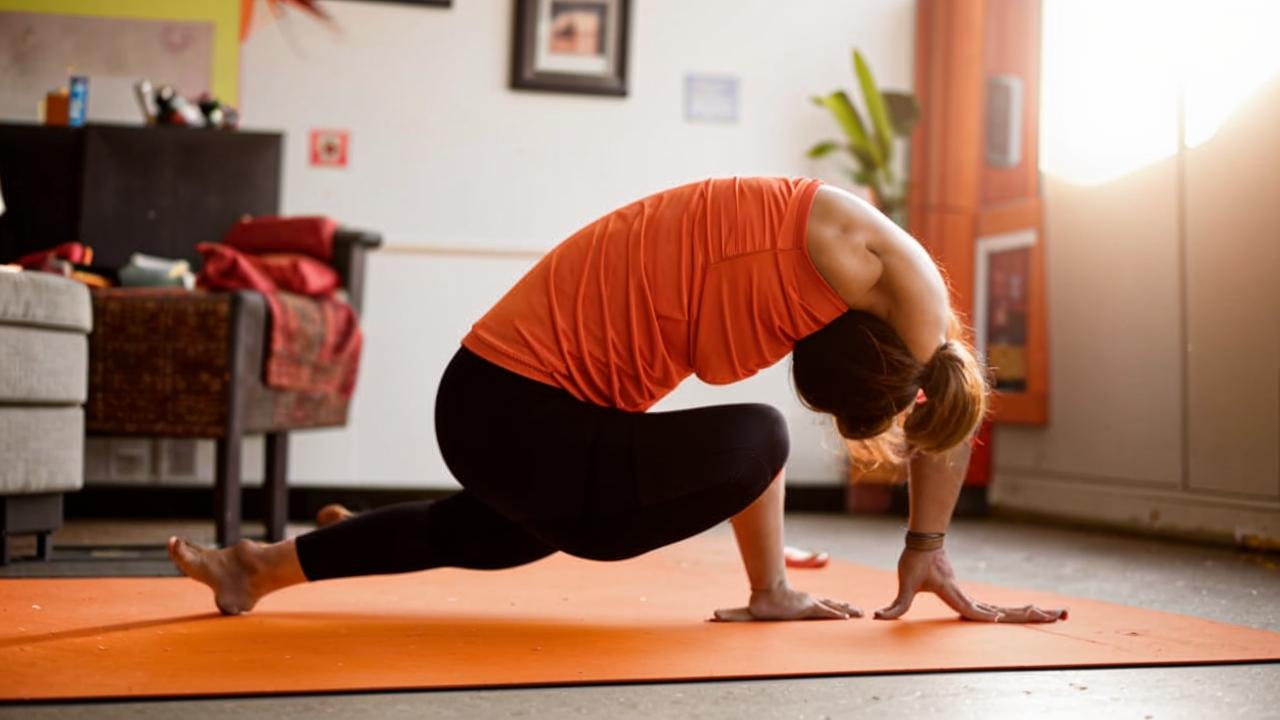
Bhagavadgita (IV centuryBC ) is a part of the ancient Indian epic “Mahabharata”, which also does not contain a single word about asanas, which now exist and are practiced in yoga. But the term “yoga” itself is already mentioned – Krishna, when talking to the warrior Arjuna, recommends the practices of karma yoga (the yoga of selfless action), dhyana yoga (the yoga of knowledge and wisdom) and bhakti yoga (the yoga of contemplating one’s oneness with God). The Bhagavad-gita also describes for the first time the practice of meditation as part of dhyana-yoga.
Patanjali’s Yoga Sutras (4th century BCE and 4th century CE) are the primary collection of texts on yoga that every practitioner relies on. It is in this source of knowledge that we first learn about the 12 asanas – stable and comfortable seated positions of the body taken through relaxation. It is also important to note that the asanas mentioned are not a physical practice, their main purpose is to prepare a person for breathing practice (prana-yama) and meditation. Simply put, the asanas specified in the Yoga Sutras are the practice of sitting comfortably. In addition to describing the asanas, Patanjali defines the very concept of “yoga” as “absence of fluctuations of the mind” and also divides yoga into 8 stages: The first 2 stages are Yama and Niyama (principles governing relationships with the world around us, people, and ourselves), the 3rd stage is Asana (stable and comfortable body positions), and the 4th stage is Pranayama (breathing practices, managing one’s internal energy), 5th stage – Pratyahara (controlling your emotions and feelings), 6th stage – Dharana (concentration, focus of attention), 7th stage – Dhyana (meditation, prolonged concentration), 8th stage – Samadhi (state of awareness of ourselves, contemplation). As you can see, studying the history, we still do not find anywhere a hint of asanas in any way related to physical practice, to all that is practiced in modern yoga.
Hatha Yoga Pradipika (15th century) – a strong leap forward in time, we get to the Middle Ages and finally find a description of 15 asanas, which are related not only to physical practice, but also to standing and lying positions. Also, in addition to the description of poses that are difficult to perform (Mayurasana, Kukkutasana, etc.), for the first time we find a description of the positive effect of these asanas on health. Centuries later, physical practices and dynamics are added to breathing practices and meditations, and the attitude to one’s own body changes. Earlier the body was treated as a simple connection of skeleton, muscles, organs and blood, as an abode of many sins and diseases, and that is why asceticism and hermitage were practiced in order to distance and protect oneself from one’s own sinfulness and surrounding ignorance. Now everything is the opposite – one’s own body begins to be perceived as a temple of the soul, as a vessel in which there is a particle of higher matter, a particle of the divine. Can you imagine how much the attitude towards it has changed? It is a tremendous shift. From that moment on, the body is no longer a source of suffering, and asanas become a tool for transformation, health, strength and ability. Now yoga could be practiced not only by ascetics and hermits, but by everyone.
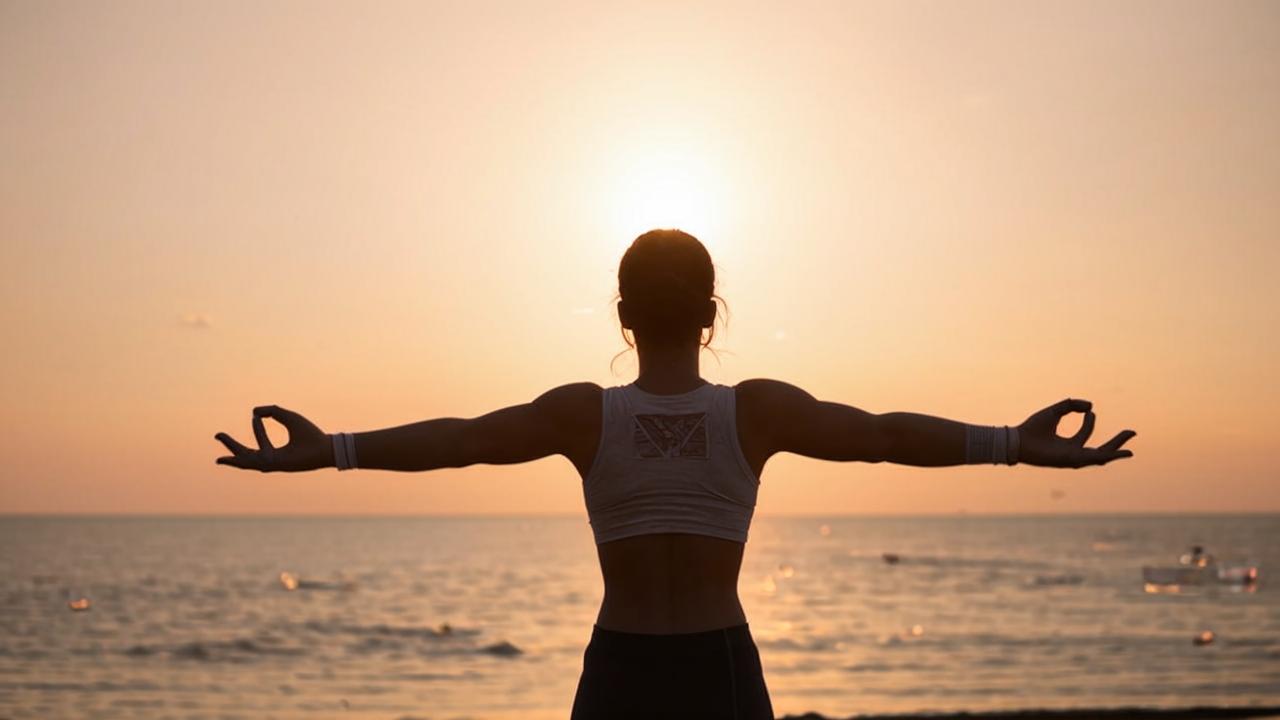
Over time, the number of asanas in yoga has steadily increased, while they have become more complex and dynamic.
Tirumalai Krishnamacharya (November 18, 1888 – November 3, 1989) was a yoga guru who made millions of people around the world practice the yoga we are used to seeing. He is the quintessential yogi, who combined all the philosophy and physical practice of yoga together at the highest possible level. He can rightly be called the world’s #1 yogi in the history of mankind and the first yoga therapist. Having received education in various universities and colleges of India (in Sanskrit, philosophy, Vedanta and Ayurveda), having lived several years in a cave with his teacher Ramamohan Brahmachari, having mastered hundreds of variations of asanas, having studied all possible literature about yoga and its therapeutic effect on the human body, he opened his own yoga school at the palace of the maharaja (Indian prince) of Mysore. In 1920 he became the first popularizer of yoga, demonstrating to the public various abilities of his body, such as: controlling electricity at a distance, stopping the pulse, high level of flexibility and strength. Subsequently, his disciples, including the first woman yogi Indra Devi, Iyengar, Pattabhi Jois, Desikachar, etc., spread the teachings and practice of yoga all over the world, bringing new knowledge and approaches to mastery.
Thus, taking a brief look at the history of yoga, we see that asanas, the physical component of yoga, are actually not more than 500 years old, that until the 15th century yoga was practiced as an asceticism and meditation, as a way of studying the world around us, self-discovery and liberation from earthly suffering. It is also worth noting that the evolution of yoga took place due to the development of science, medicine, technological progress, industrialization, globalization and informatization all over the world, and now, in the XXI century, millions of people have a wide choice of directions and branches of yoga, allowing to gain not only longevity, but in general to learn to listen to yourself, be in harmony and enjoy the moment “here and now”.

Myth 8: Yoga and modern rhythm of life are incompatible
On the one hand, our life in the modern world is filled with events and relationships with people, everywhere we are waiting for stress or hurry, and there is no time for yoga. On the other hand, to practice yoga, it is not necessary to be in complete silence, in nature or alone with yourself. Yoga can be practiced at home with your family, at work, while socializing, while eating, while cleaning, and before bed. Practicing yoga can be in every action you take at any given time. Being able to stay calm in conflict or stressful situations, being able to control your breathing, doing small warm-ups throughout the day, thinking positively, loving yourself – these are also part of practicing yoga, not just doing physical exercises and asanas. Yoga is simply necessary in the modern rhythm of life, to improve the quality of life and the effectiveness of decisions made, it remains only in all this hustle and bustle to find at least 30 seconds to stop, take a deep breath, slow exhale and smile.
Well, I tried to debunk the most topical and controversial myths about yoga as much as possible, and I hope you found it very interesting.






